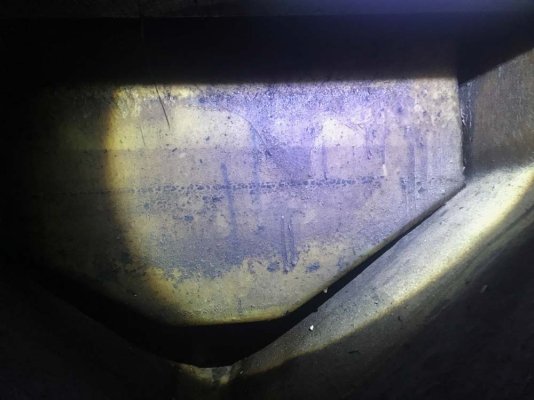Hi
I finally managed to open the (stuck fast) small hatch under the steps down to the forward cabin to discover that there seems to be a holding tank down there. I was looking at fitting a holding tank anyway, so this was a very welcome surprise... perhaps! But it seems to have been blocked off/ sealed.
Does anyone with direct experience of these specific boats know anything about it? Is it reliable? What size approximately? Any information at all?
I finally managed to open the (stuck fast) small hatch under the steps down to the forward cabin to discover that there seems to be a holding tank down there. I was looking at fitting a holding tank anyway, so this was a very welcome surprise... perhaps! But it seems to have been blocked off/ sealed.
Does anyone with direct experience of these specific boats know anything about it? Is it reliable? What size approximately? Any information at all?


